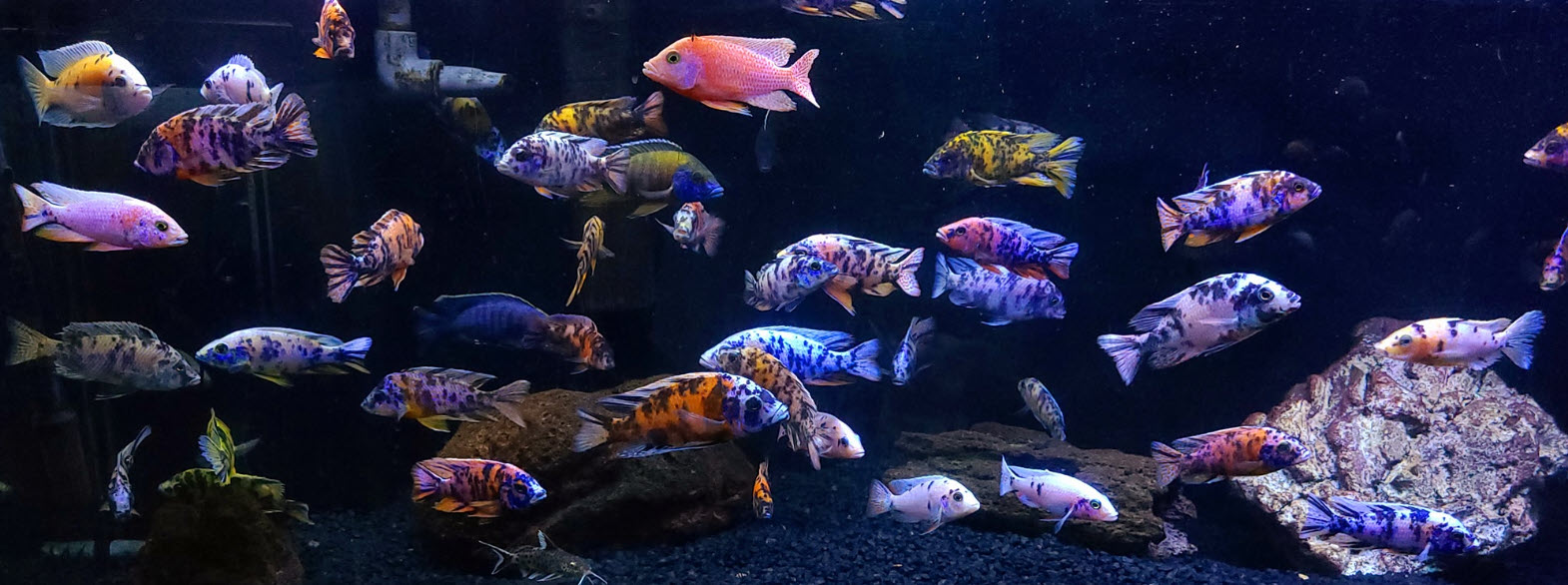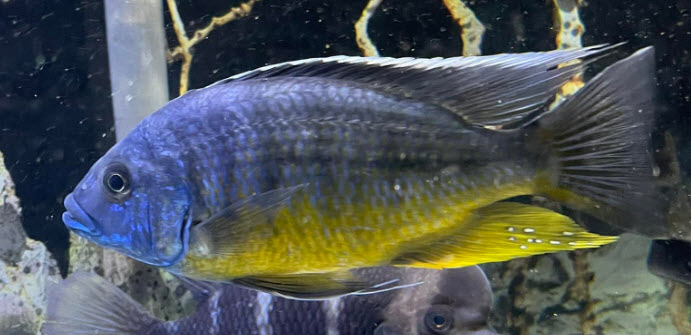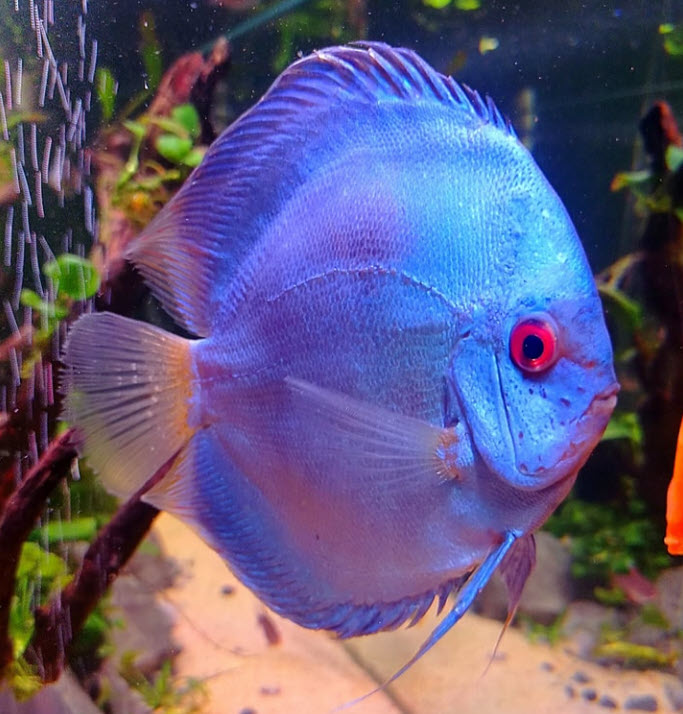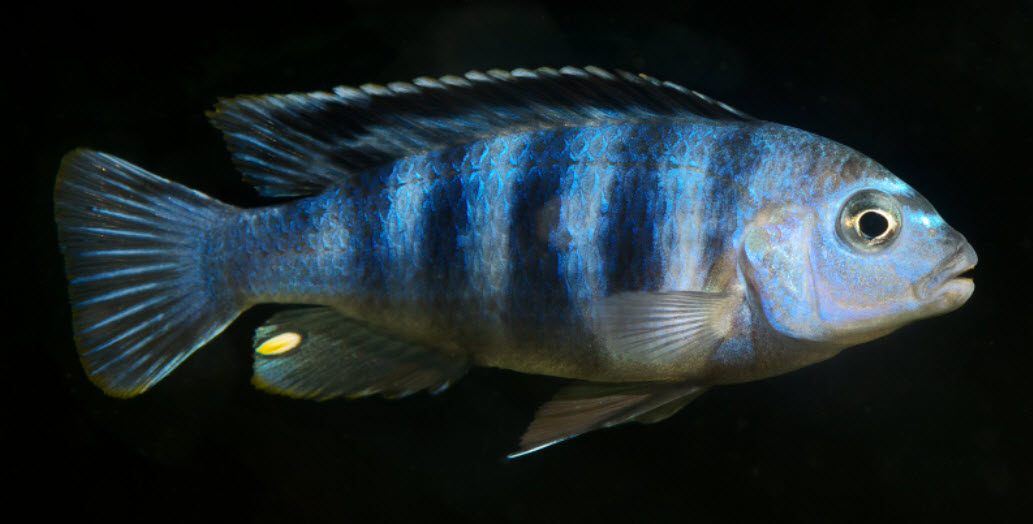
Now be forewarned, I’m not a big fan of Seachem. The amount of pseudoscientific bedazzlement and marketing hype they put in with all their products is just nauseating. And they have threatened me with a libel suit. I don’t like being threatened. So I am a “biased” observer.
That being said, Seachem sells four “trace” products which quite simply are worthless trash. These are Cichlid Trace™, Discus Trace™, Fresh Trace™, and Gold Trace™. They say of these products:
“Trace™ supplies a broad range of trace elements demonstrated* to be necessary for proper fish health and growth. Unlike terrestrial animals, fish obtain nutrients from both their food and environment. Trace elements are normally depleted by utilization, oxidation and precipitation; thus it is important to restore them on a regular basis. Trace™ contains only those elements actually demonstrated* to be required by fish.
*Nutrient Requirements of Fish, National Academy of Sciences, pp. 16-21,1993.”
Interesting marketing hype.

Trace products are supposed to be put in the water so fish can absorb them through their gills. Now it is true that fish CAN obtain nutrients like calcium both from their food and from their water. But several points are pertinent:
- More than enough “trace” elements like calcium are supplied by ALL fish food so fish do not have to remove these elements from the water
- Virtually all water supplies have adequate levels of these trace elements. Only very pure water like rainwater doesn’t have these levels.
- Trace elements cannot be removed by oxidation or precipitation. Can’t happen.
- Trace elements could in theory be removed by utilization save for the fact that food and feces contain amounts of these trace elements, so the levels are going UP, not down in the aquarium.

The products have the following analysis (per gram):
- Calcium (min) 2.40%
- Calcium (max) 2.64%
- Magnesium (min) 0.792%
- Iodine (min) 0.1%
- Potassium (min) 0.1%
- Copper (min) 0.032 mg
- Fluorine (max) 0.001 mg
- Iron (min) 0.007 mg
- Manganese (min) 0.002 mg
- Selenium (min) 0.00002 mg
- Zinc (min) 0.007 mg
The analysis of all four products is identical so labeling them separately is simply a marketing ploy.
To give someone a sense of scale here, look at the selenium. This is a level of 0.2 part per billion. If this were the population of humans on earth that would be ONE human out of the entire population of the earth. That is an incredibly small amount. Selenium is an element much like sulfur and it is found as a very trace element in almost everything that contains sulfur or sulfates. So having a shortage of selenium has never been found in any fish population.
It is useful to look at the reference used by Seachem; “Nutrient Requirements of Fish”, National Academy of Sciences, pp. 16-21,1993. This booklet lists what trace elements are needed to be in the food for fish. It does say that fish can typically get these elements from either the food or the water. But nowhere in it does it suggest adding these elements to the water column. NOWHERE!! That is simply because ALL fish food has more than enough of these elements for fish.

The author obtained and read many research books on fish nutrition:
- “Fish Nutrition and Feed Technology”, Garg, 2018
- “Tilapias, Biology and Exploitation”, K. Jauncy (2000)
- “Principles of Fish Nutrition”, W. Steffens (1989)
- “Practical Manual on Fish Nutrition and Feed Technology”, Jain, 2018
- “Nutrient Requirements of Warmwater Fishes”, Wittwer, et. al. 1977
- “Fish Nutrition”, John Halver 1972
- “Fish Nutrition and Feed Technology: A Teaching Manual”, Felix, 2012
- “Introduction to the General Principles of Aquaculture”, Ackefors et. al. 1994
- “The Biology of Fish Growth”, Weatherly, Gill 1987
- “Environmental Biology of Fishes”, Jobling 1999
- “The Physiology of Fishes”, Evans, Claiborne 2006
- “The Physiology of Tropical Fishes”, Val, et. al. 2006
- “Nutrition & Feeding of Fishes”, Raghunath, 2012
These books all referenced thousands of various research papers. NOWHERE in any of these books did it suggest adding microelements to the water for fish to absorb them. While there were many articles on the effects of not having sufficient quantities of these micronutrients in fish food, the experiments were difficult as it is difficult to get fish food that doesn’t have sufficient quantities of all the micronutrients.
.
Return to Temperature, pH, KH and GH
.
Aquarium Science Website
The chapters shown below or on the right side in maroon lead to close to 400 articles on all aspects of keeping a freshwater aquarium. These articles have NO links to profit making sites and are thus unbiased in their recommendations, unlike all the for-profit sites you will find with Google. Bookmark and browse!
.

Ritesh Maben says
Have been looking for genuine articles like these for information that are usually blackboxed. Thank you.